Carbon Steel:
Common grades: ASTM A216 WCB (castings), ASTM A105 (forgings), ASTM A106 Gr.B (seamless pipes), ASTM A694 F42, F52, F60, F65 (for high yield strength flanges and fittings).
Features: Low cost, good mechanical properties (strength, toughness), good weldability.
Typical applications: Non-corrosive or weakly corrosive media such as water, steam, air, oil, natural gas, etc. at room temperature to medium and high temperatures (about -29°C to 425°C). It is the most widely used valve body material.
Low Alloy Steel:
Common grades: ASTM A217 WC6, WC9, C5, C12 (castings), ASTM A182 F11, F22, F5, F9, F91 (forgings).
Features: Adding alloy elements such as chromium (Cr), molybdenum (Mo), and vanadium (V) to carbon steel improves high-temperature strength, creep resistance, and certain corrosion resistance.
Typical applications: high-temperature and high-pressure steam (such as power plant boiler systems), high-temperature oil products, and high-temperature media with certain corrosiveness. The temperature range is higher than that of carbon steel (up to 600°C or more, depending on the specific grade).
Stainless Steel:
Austenitic Stainless Steel:
Common grades: ASTM A351 CF8 (304), CF8M (316), CF3 (304L), CF3M (316L) (castings); ASTM A182 F304, F316, F304L, F316L (forgings).
Features: Excellent corrosion resistance (especially 316/316L has better resistance to pitting and crevice corrosion), good low-temperature toughness, non-magnetic, and good processing performance. 304L/316L has a low carbon content, is not easy to sensitize and precipitate carbides after welding, and has better resistance to intergranular corrosion.
Typical applications: corrosive media (acid, alkali, salt solution), food, medicine, low-temperature media, and occasions requiring cleanliness. It is extremely widely used.
Martensitic Stainless Steel (Martensitic SS):
Common grades: ASTM A217 CA15 (casting), ASTM A182 F6a (forging – 410), F6NM (forging – martensitic precipitation hardening).
Features: High strength and hardness can be obtained through heat treatment, good wear resistance, certain corrosion resistance (not as good as austenite), and magnetic.
Typical applications: wear-resistant conditions (such as media containing solid particles), parts requiring high strength (such as valve stems, fasteners), and resistance to weak corrosive media.
Duplex / Super Duplex SS:
Common grades: ASTM A995 CD3MN (2205), CD4MCu (2507) (castings); ASTM A182 F51 (2205), F53 (2507), F55 (super duplex) (forgings).
Features: Austenite + ferrite dual phase structure, high strength (about twice that of 316), excellent resistance to chloride stress corrosion cracking, good resistance to pitting / crevice corrosion (high PREN value).
Typical applications: seawater, chloride ion media, harsh corrosive environments (such as offshore platforms, chemical plants), occasions where weight reduction is required (taking advantage of its high strength).
Nickel Alloys:
Common grades: Hastelloy C276, C22, B2/B3, Inconel 625, 718, Monel 400, K500.
Features: Excellent corrosion resistance (especially resistance to reducing acids, oxidizing acids, local corrosion) and high-temperature strength in extremely harsh environments such as strong corrosion, high temperature, and high pressure.
Typical applications: Strong acids (such as sulfuric acid, hydrochloric acid, phosphoric acid), strong alkalis, wet chlorine, F-containing ion media, high-temperature and high-concentration corrosion environments, and deep-sea applications. The cost is very high.
Copper Alloys:
Common types: Tin Bronze, Aluminum Bronze, Brass.
Features: Good seawater corrosion resistance, wear resistance, thermal conductivity, easy processing. Aluminum bronze has high strength, good wear resistance and corrosion resistance.
Typical applications: Seawater, fresh water, steam, oil systems (commonly used in valve stem nuts, bearings, small-diameter valve bodies/discs, ball valve balls).


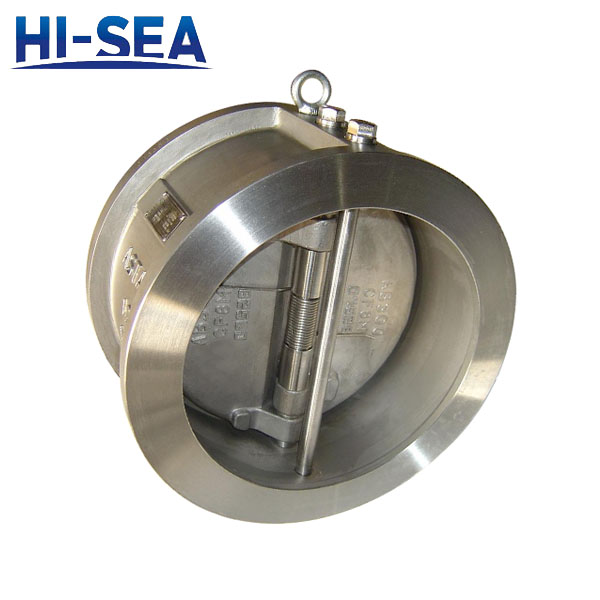
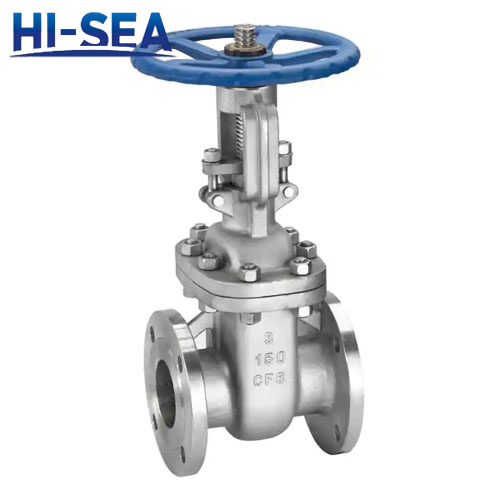
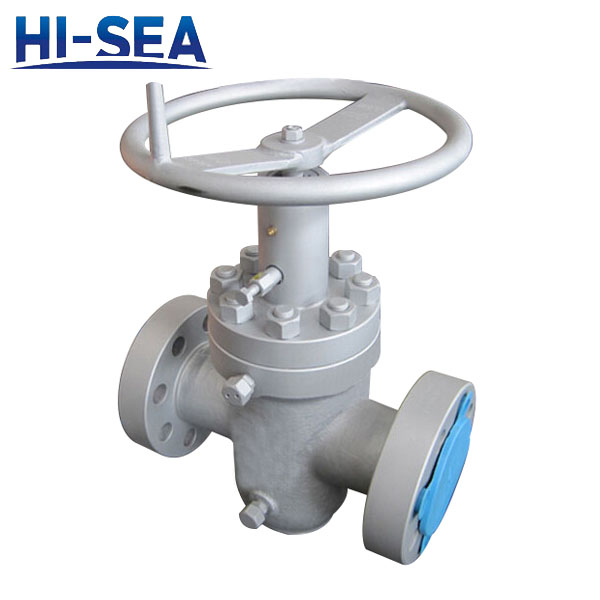
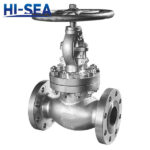 Main Material of API Valve
Main Material of API Valve What is the difference between a rising stem gate valve and a non rising stem gate valve?
What is the difference between a rising stem gate valve and a non rising stem gate valve?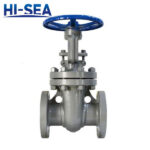 API Valve Fire Test
API Valve Fire Test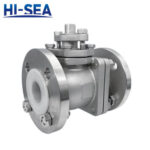 What is the difference between PTFE and RPTFE?
What is the difference between PTFE and RPTFE?